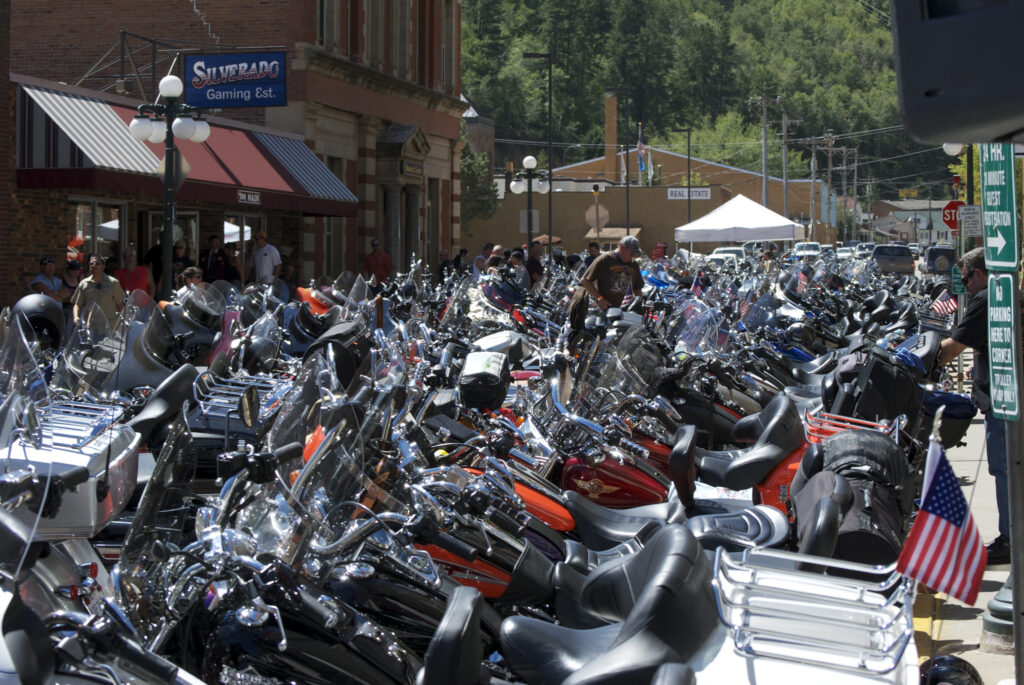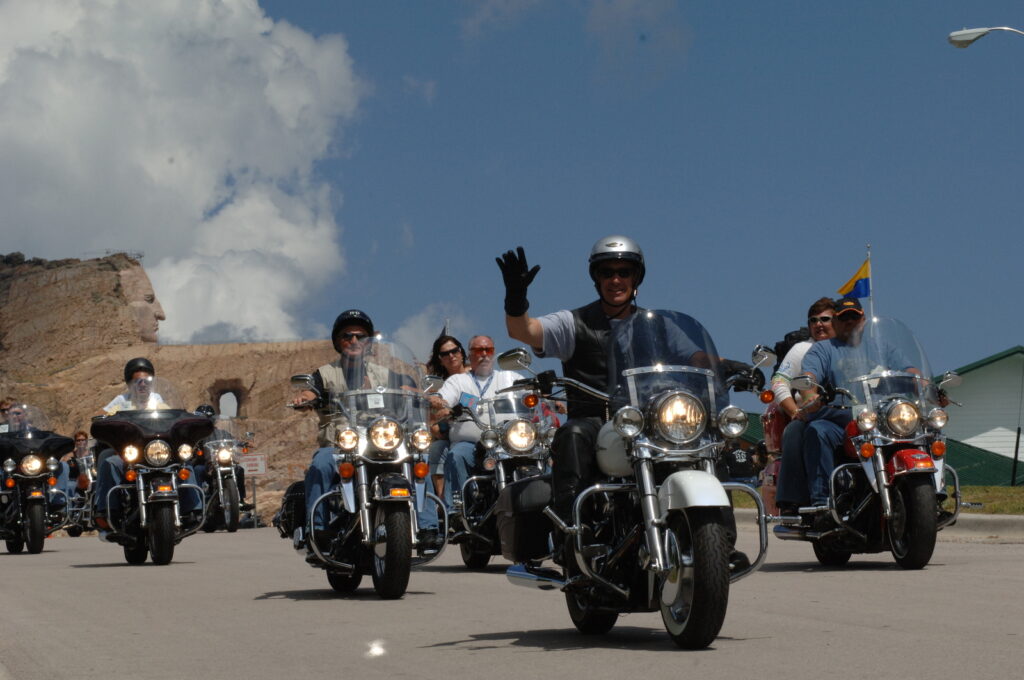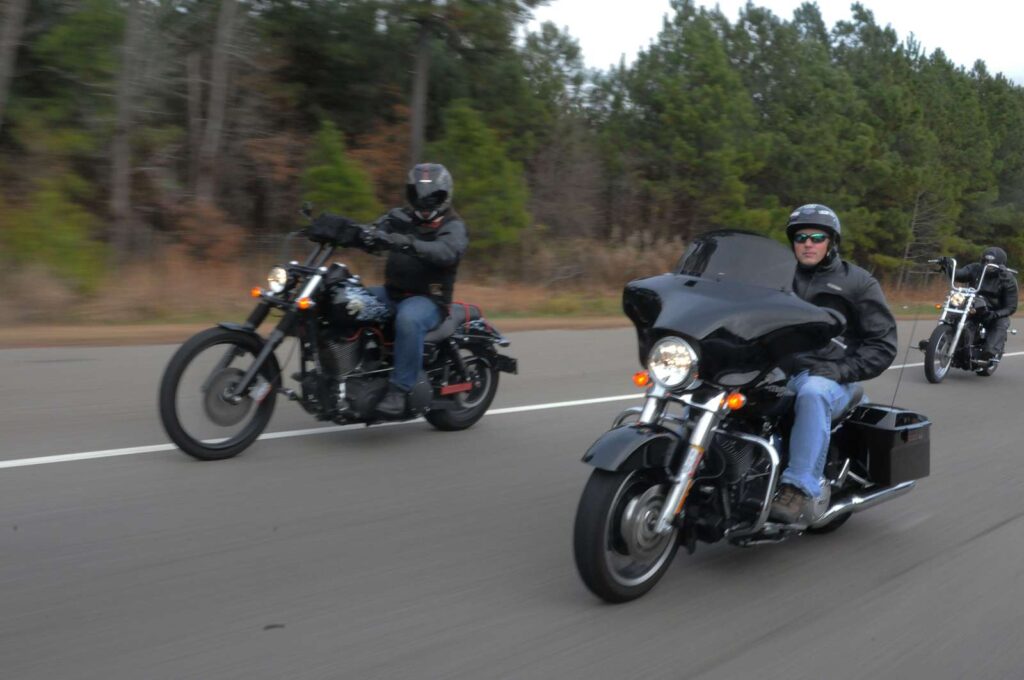Lassen Volcanic National Park is a national park located in northeastern California. The park’s most prominent feature is Lassen Peak, the world’s largest plug dome volcano, and the Cascade Range’s southernmost volcano.
Cinder Cone National Monument and Lassen Peak National Monument were established as separate national monuments by President Theodore Roosevelt in 1907.
Lassen Volcanic National Park
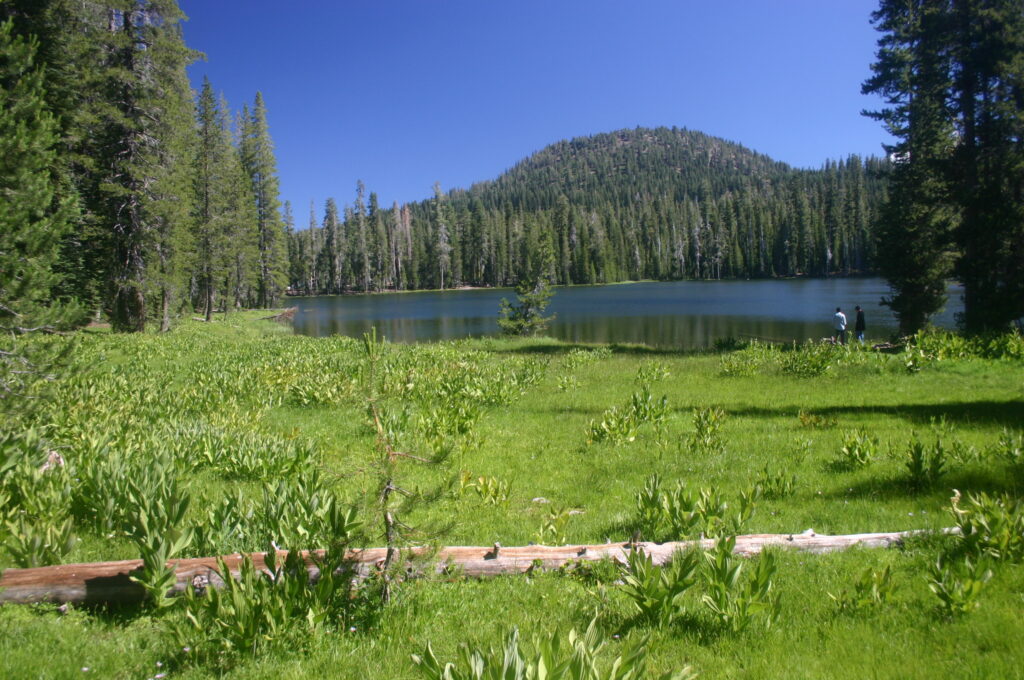
Lassen Volcanic National Park is home to steaming fumaroles, wildflower-strewn meadows, crystal-clear mountain lakes, and numerous volcanoes. While hot water continues to shape the land, jagged peaks tell the story of its eruptive past.
Things to do in Lassen Volcanic National Park
Lassen Volcanic National Park, located in northeastern California’s Shasta Cascade region, is one of the state’s less-visited national parks. This is unfortunate because the park has so much to offer, but it is also a blessing for the savvy travelers who do visit, as they get to explore this beautiful country in relative solitude.
There are four types of volcanoes in the park: shield, composite, cinder cone, and plug dome.
The Lassen Volcanic National Park is a must-see for outdoor enthusiasts and nature lovers. This article is intended for visitors who plan to visit during the summer and early fall when the park is most likely to be fully open.
Bumpass Hell
The best hydrothermal features in Lassen Volcanic National Park can be found at Bumpass Hell. Hike the 3-mile round-trip trail into the basin to see fumaroles and steam vents, as well as mud pots and boiling pools.
Along the way, an overlook offers views of Brokeoff Volcano, also known as Mount Tehama, which erupted hundreds of thousands of years ago.
To safely view the hydrothermal activity in the basin, walk the boardwalk trail. The smell of rotten eggs is strong, but the colors are lovely and the sounds are entertaining.
Summit Lake
Summit Lake is accessible via the park highway. The small alpine lake is 6,700 feet above sea level and is surrounded by beautiful pine forests. The water is said to be slightly warmer here than at other lakes along the highway.
Summit Lake’s most popular activities include swimming, fishing, and kayaking. Summit Lake has two campgrounds, so it may not be as secluded as some of the other lakes in the park during the summer.
Kohm Yah-mah-nee Visitor Center
The Kohm Yah-mah-nee Visitor Center, located just beyond Lassen Volcanic National Park’s southwest entrance, allows visitors to learn about the geology and culture of the area through interactive exhibits.
The Mountain Maidu phrase for Lassen Peak, meaning “snow mountain,” inspired the name of this LEED (Leadership in Energy and Environmental Design) certified building, which was completed in October 2008.
Manzanita Lake
Lassen Volcanic National Park is having Manzanita Lake. In Spanish, the name means “little apple.” Manzanita Lake has formed 300 years ago when Manzanita Creek was dammed by a rock avalanche from the northwest slope of the Chaos Crags, which also resulted in the Chaos Jumbles debris formation.
Kings Creek Falls
The 1.5-mile route to Kings Creek Falls is the most popular short hike in Lassen Volcanic National Park, where a good-sized mountain stream drops 50 feet over a basalt cliff, followed by a 1,000-foot long whitewater cascade over more of the same dark, volcanic rocks.
The waterfall is the more beautiful of two in the park that can be reached via an easy trail; the other is Mill Creek Falls, which is a few miles west.
What is the best time to visit Lassen Volcanic National Park?
Lassen Volcanic National Park is open all year, but much of it is snowed in during the winter. From about mid-October to May, many facilities and the main park highway are closed. The visitor center may also close due to inclement weather. If you want to see most of the park, go during the summer or early fall.
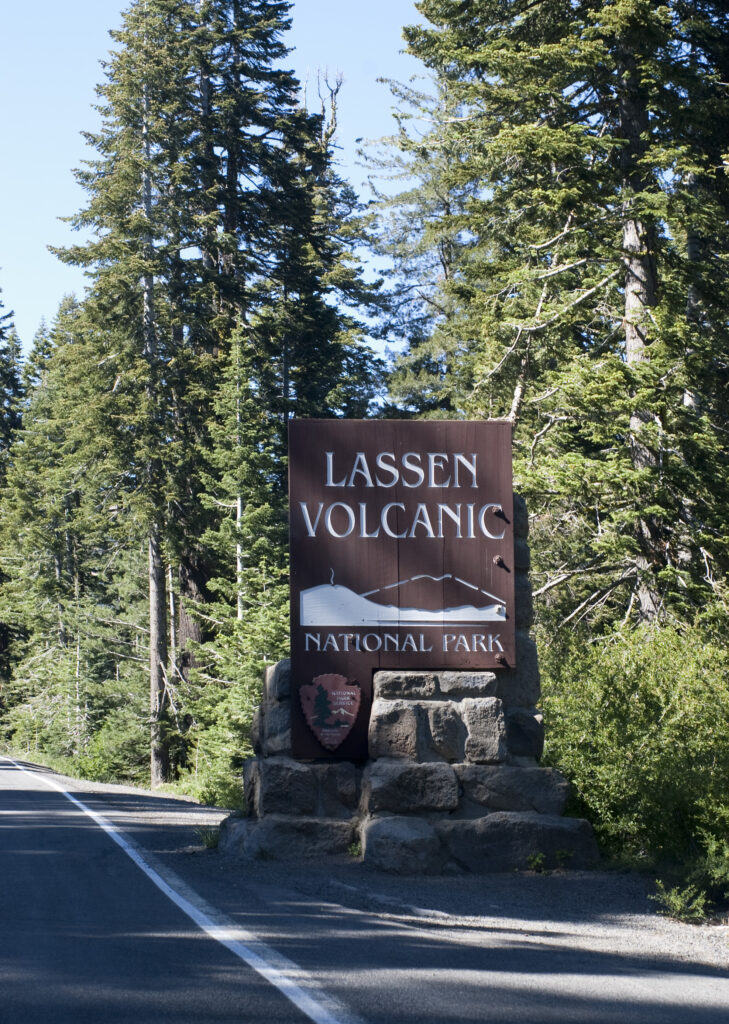
What are the animals you will find in Lassen Volcanic National Park?
Black bears (Ursus americanus) have lived in Lassen Volcanic National Park for centuries. Their movements are determined by ancient ties to the seasons, food sources, and their own preferences. There are an estimated 50 black bears in Lassen.
Mountain lion sightings are extremely rare in Lassen Volcanic National Park. Mountain lion sightings are usually from a distance and around dawn or dusk. Lions, on the other hand, are unpredictable and dangerous.
The Lassen Volcanic Park has its own wolf pack, the Lassen Wolf Pack. The Lassen Wolf Pack is only the second known family to live in Northern California’s wilderness in nearly a century.
Are there snakes in Lassen National Park?
The rubber boa, Western terrestrial garter snake, common garter snake, and striped whipsnake are the four snake species known to exist in the park.
Is it worth visiting Lassen Volcanic National Park?
This stunning national park in northeastern California is as unique as it is rich, and it is an American treasure. The most visible feature of the park is Lassen Peak, which also happens to be the world’s largest plug dome volcano!
What is special about Lassen Volcanic National Park?
Lassen Volcanic National Park is home to steaming fumaroles, wildflower-strewn meadows, crystal-clear mountain lakes, and numerous volcanoes. While hot water continues to shape the land, jagged peaks tell the story of its eruptive past.
How many days do you need in Lassen?
If possible, spend more than one day in this magnificent park. If not, this one-day tour will allow you to see many of the park’s highlights. Highway 89 runs through the park. If you don’t stop, the 35-mile scenic drive takes about an hour.

Do you need reservations for Lassen?
There are seven campgrounds in Lassen Volcanic National Park. Reservations are strongly advised from July to early September and can only be made through recreation.gov. Reservation requests are not handled directly by the park.
Group campsites and stock corrals require reservations.
Are there lava tubes at Lassen National Park?
Yes, you can investigate the lava tube’s underground world. The self-guided trail is about a third of a mile long, and the cave is completely dark, so bring a flashlight. Wear sturdy shoes because the floor is rough and jagged.
Are there hot springs in Lassen?
Lassen Volcanic National Park’s geothermal areas include several groups of hot springs and fumaroles that exist as remnants of former volcanic activity in northeastern California.

